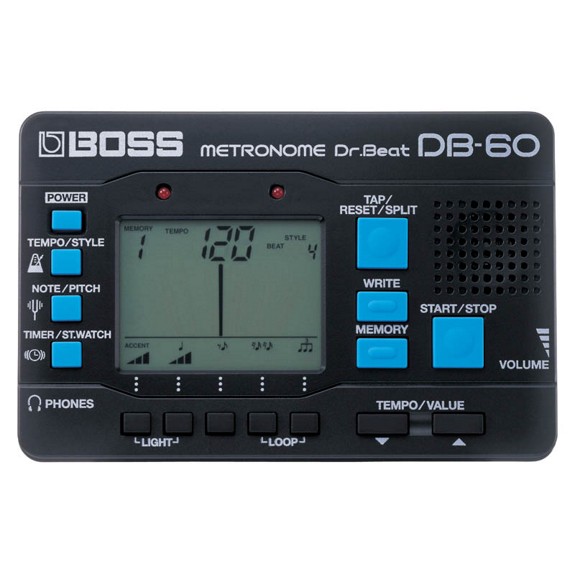

Maelzel thereupon went to Amsterdam, saw Winkel and inspected his invention, and, recognizing its great superiority to what he called his own, offered to buy all right and title to it. He spent three years in completing it, and it is described and commended in the Report of the Netherlands Academy of Sciences (Aug. It was, as nearly as can be ascertained, in 1812 that Winkel, a mechanician of Amsterdam, devised a plan for reducing the inconvenient length of all existing instruments, on the principle of the double pendulum, rocking on both sides of a centre and balanced by a fixed and a variable weight. Stockel and Zmeskall produced each an instrument and Maelzel made some slight modification of that by the former, about the end of 1812, which he announced as a new invention of his own, and exhibited from city to city on the Continent. In 1813 Gottfried Weber, the composer, theorist and essayist, proposed a weighted ribbon graduated by inches or smaller divisions, which might be held or otherwise fixed at any desired length, and would infallibly oscillate at the same speed so long as the impulse lasted.

Davaux (1784), Pelletier, Abel Burja (1790) and Weiske (also 1790) described their various experiments for measuring musical time. Harrison, who gained the prize awarded by the English government for his chronometer, published a description of an instrument for the purpose in 1775. Attempts were also made by Enbrayg (1732) and Gabory (1771). The earliest instrument of the kind, a weighted pendulum of variable length, is described in a paper by Etienne Loulie (Paris, 1696 Amsterdam, 1698). A more complicated metronome is impelled by clock-work, makes a ticking sound at each beat, and continues its action till the works run down a still more intricate machine has also a bell which is struck at the first of any number of beats willed by the person who regulates it, and so signifies the accent as well as the time. The scale at first extended from 50 to 160, but now ranges from 40 to 208. The number 60 implies a second of time for each single oscillation of the pendulum - numbers lower than this denoting slower, and higher numbers quicker beats. The silent metronome is impelled by the touch, and ceases to beat when this impulse dies it has a scale of numbers marked on the pendulum, and the upper part of the sliding weight is placed under that number which is to indicate the quickness of a stated note, as M.M. It consists of a pendulum swung on a pivot below the pivot is a fixed weight, and above it is a sliding weight that regulates the velocity of the oscillations by the greater or less distance from the pivot to which it is adjusted. Its invention is generally, but falsely, ascribed to Johann Nepomuk Maelzel, a native of Ratisbon (1772-1838). µ Tpov, measure, and v5µos, law), an instrument for denoting the speed at which a musical composition is to be performed.


 0 kommentar(er)
0 kommentar(er)
